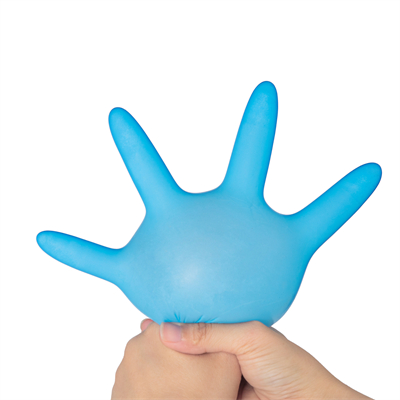Myth 1: Wearing Gloves Always Eliminates the Risk of Infection
- Fact: While gloves provide a barrier that can reduce the risk of infection transmission, they are not foolproof. Proper hand hygiene before and after glove use is essential. Additionally, gloves can become contaminated, and improper removal can lead to cross-contamination.
Myth 2: Wearing Gloves Means You Don’t Need to Wash Your Hands
- Fact: Gloves are not a substitute for handwashing. Hands should be washed before donning gloves and immediately after glove removal to maintain proper hygiene.
Myth 3: Wearing Gloves for Long Periods Is Safe
- Fact: Prolonged use of gloves can lead to skin irritation, excessive moisture, and even dermatitis. Frequent glove changes and hand hygiene are crucial to prevent skin issues.
Myth 4: Latex Allergies Are Rare
- Fact: Latex allergies are not uncommon, and some individuals can develop severe reactions to latex gloves. This is why many healthcare settings have switched to non-latex gloves, like nitrile or vinyl.
Myth 5: All Gloves Are Waterproof
- Fact: Not all gloves are waterproof. Waterproof gloves are designed specifically to keep water out. Regular gloves, like cotton or some types of latex gloves, are not waterproof and can become wet easily.
Myth 6: Wearing Gloves Always Prevents Contamination in Food Service
- Fact: Gloves in food service can reduce the risk of contamination, but proper food handling practices are equally important. Gloves can become contaminated and must be changed frequently.
Myth 7: Thicker Gloves Offer Better Protection
- Fact: The thickness of gloves does not necessarily correlate with their protective capabilities. The material, quality, and intended use of gloves are more important factors.
Myth 8: One-Size-Fits-All Gloves Are Suitable for Everyone
- Fact: One-size-fits-all gloves may not provide a proper fit for all individuals. Properly fitting gloves are essential for comfort and effectiveness.
Myth 9: Gloves Can’t Transmit Infections
- Fact: Gloves can become contaminated during use and can transfer pathogens if not changed or removed properly. Hands should be washed after glove removal.
Myth 10: Gloves Don’t Need to Be Changed During a Single Task
- Fact: Gloves should be changed when they become soiled, torn, or after handling different tasks or patients to prevent cross-contamination.
Myth 11: Gloves Are Not Necessary When Handling Animals
- Fact: When handling animals, especially in medical or veterinary settings, gloves are crucial to protect against zoonotic diseases that can be transmitted from animals to humans.
Myth 12: All Gloves Are Recyclable
- Fact: Not all gloves are recyclable, and the recycling options may vary by material and location. Check with local recycling programs for specific guidelines.
It’s important to rely on accurate information and adhere to proper glove usage guidelines, especially in healthcare, food service, and other industries where gloves play a crucial role in safety and hygiene. Understanding the limitations of gloves and the importance of proper hand hygiene is essential to prevent the spread of infections and maintain personal health.






















